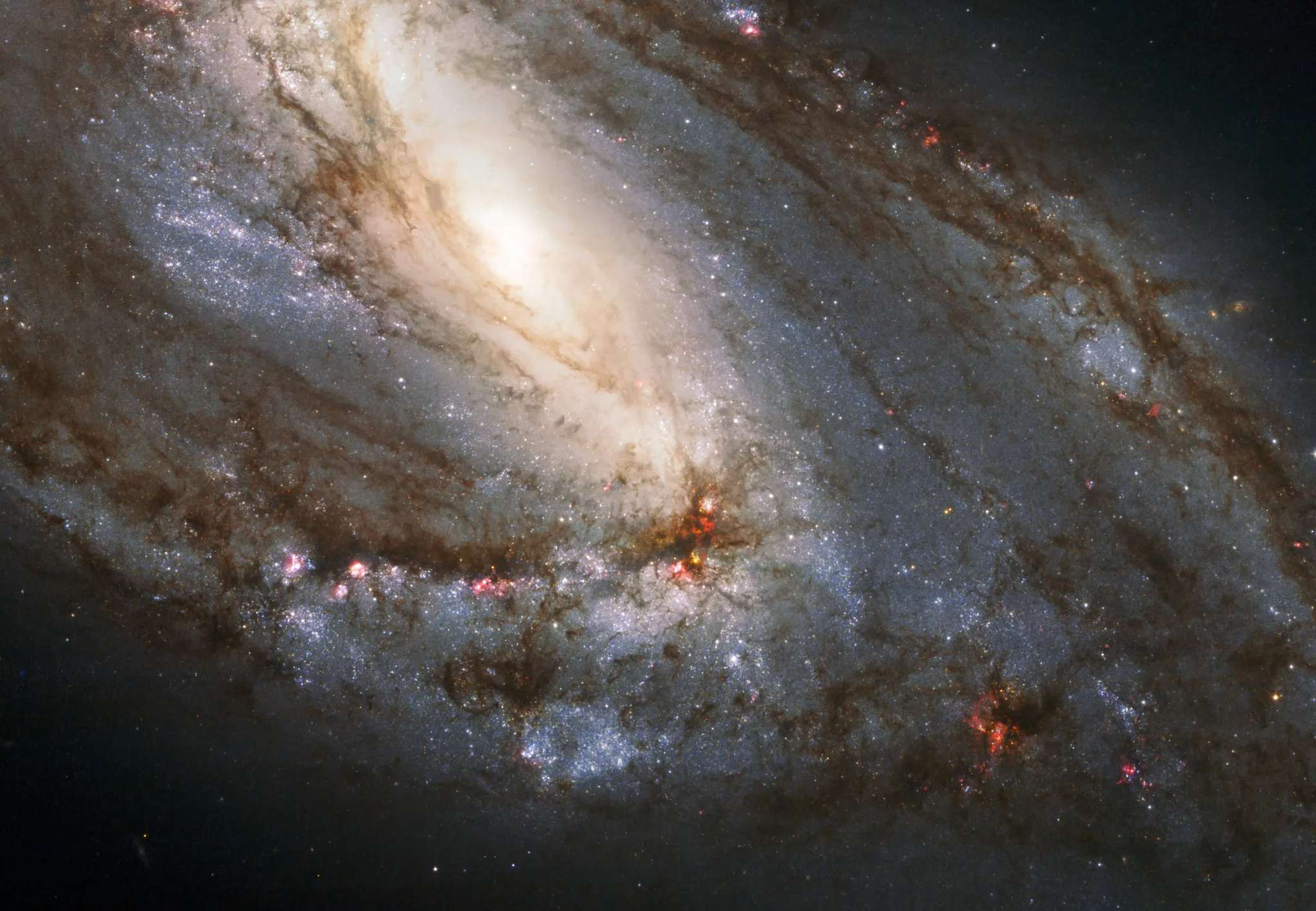M66 | NGC 3627 | Spiral Galaxy | Leo | 35,000,000 Light Years Away
Messier 66 is a spiral galaxy located in the Leo constellation, discovered by the French astronomer Charles Messier in 1780. Positioned approximately 36 million light-years away from Earth, this galaxy is part of the Leo Triplet, a group of galaxies that also includes Messier 65 and NGC 3628. With a diameter of about 95,000 light-years, Messier 66 exhibits the classic features of a spiral galaxy, including a central bulge, well-defined spiral arms, and regions of active star formation.
The spiral arms of Messier 66 contain bright knots and star-forming regions, contributing to its overall appearance and indicating ongoing stellar birth within the galaxy. The interplay between stars, gas, and dust within the galaxy is a key focus of observational studies. The distinct characteristics of Messier 66 provide astronomers with valuable insights into the processes of galactic evolution, star formation, and the dynamic interactions occurring within galaxies.
Messier 66’s location in the Leo Triplet makes it a significant object for astronomers studying the relationships and interactions between galaxies in close cosmic proximity. The gravitational influences between galaxies within groups like the Leo Triplet can lead to complex structures and trigger phenomena such as tidal interactions and the redistribution of material. Messier 66, with its membership in the Leo Triplet and its notable features, adds to the ongoing exploration of galactic dynamics and the interconnected nature of galaxies within dense cosmic environments.

